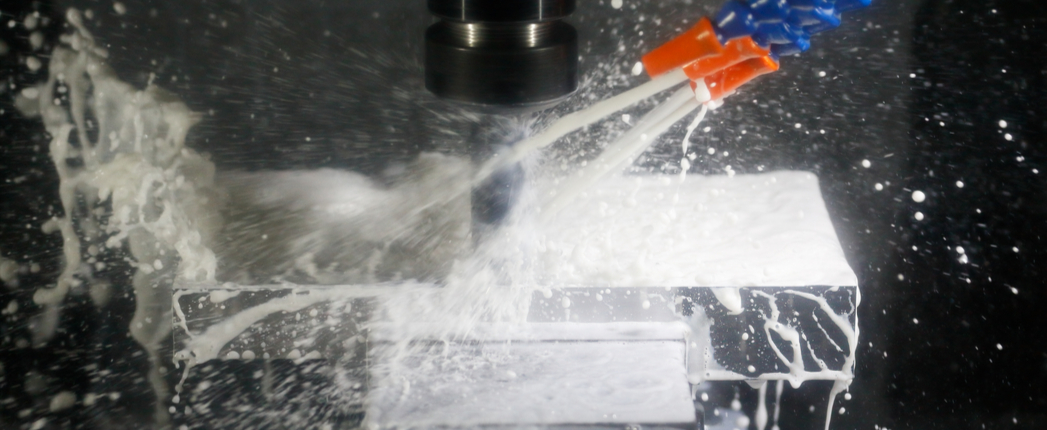
Lockhart Chemical Co. announced last week that it acquired chlorinated paraffin manufacturing rights and related assets in a transaction with North Carolina-based Qualice LLC. Terms were not disclosed.
Chlorinated paraffins are used in metalworking fluids as extreme-pressure agents, especially for difficult drawing, forming and removal operations. The United States Environmental Protection Agency has in recent years signaled intent to clamp down on the use of some varieties of chlorinated paraffins out of environmental concerns, though those plans moderated in some ways during the administration of former President Donald Trump.
Under the transaction, Flint, Michigan-based Lockhart acquired the Qualice brand names, membership in the Chlorinated Paraffins Industry Association and its Joint Data Acquisition Task Force, Environmental Protection Agency consent decrees and pre-manufacture notices and other assets.
“We will initially have products tolled for us to the Qualice CPAR specifications while we sort through the Michigan Air permit process for manufacturing in Flint,” Greg Jorjorian, head of business and strategic development for Lockhart, told Lube Report.
In mid-2017, Dover Chemical, Inovyn and Qualice signed consent orders with the E.P.A. that approved all outstanding chlorinated paraffin pre-manufacture notices, allowing the companies to manufacture and import a wide range of chlorinated paraffin substances, including medium-, long- and very long-chain CPs. “The Joint Data Acquisition Task force is organized to gather data for Dover, Innovyn and now, Lockhart, to meet the EPA consent decree requirements,” Jorjorian explained.
That 2017 step represented a sharp change in direction from the Obama administration. In 2015, the EPA said it was taking steps to ban medium- and long-chain chlorinated paraffin as early as 2016 using its authority under the Toxic Substance Control Act, citing concerns about the chemicals persisting in the environment. That plan alarmed manufacturers of the chemicals, who said elimination would impact them and their customers hard across many applications.
Chlorinated paraffins are alkanes that have carbon chain lengths ranging from 10 to 38, with varying degrees of chlorination. Those with lengths from C14 to C17 are classed as medium chain; from C18 to C20 as long chain; and C21 and higher as very long-chain.
“Qualice CPAR chlorinated paraffins are a perfect additive offering for our primary markets of metal protection coating additives for metalworking and paints,” Ran Minhas, president and chief operating officer of Lockhart, said in a press release. “Our 40 years of experience in managing multiple grades of natural sodium sulfonate make chlorinated paraffins an almost ideal production fit.”
According to Qualice’s website, its CPAR medium length chlorinated paraffins are produced using two different raw materials. Standard products are made using C14-C16 paraffin, while products designated with an AO suffix are made using a C-14 alpha olefin.
Qualice’s very long chain varieties are also produced using two different raw materials. Standard products are made using paraffin wax, while products designated with an AO suffix are made using a C24-28 alpha olefin. Qualice was formed in 2012 and started its first chlorinated unit in North Carolina in April 2013. It is an affiliate of and shares a site with Trinity Manufacturing, a privately held chemical firm in Hamlet, N.C. Trinity uses chlorine to make other products such as sodium hypochlorite bleach, hydrochloric acid and other chlorine products and derivatives. When Qualice began producing chlorinated paraffins in 2013, Dover Chemical was the only manufacturer in North America due to an intense period of consolidation in the industry over the preceding 10 years.